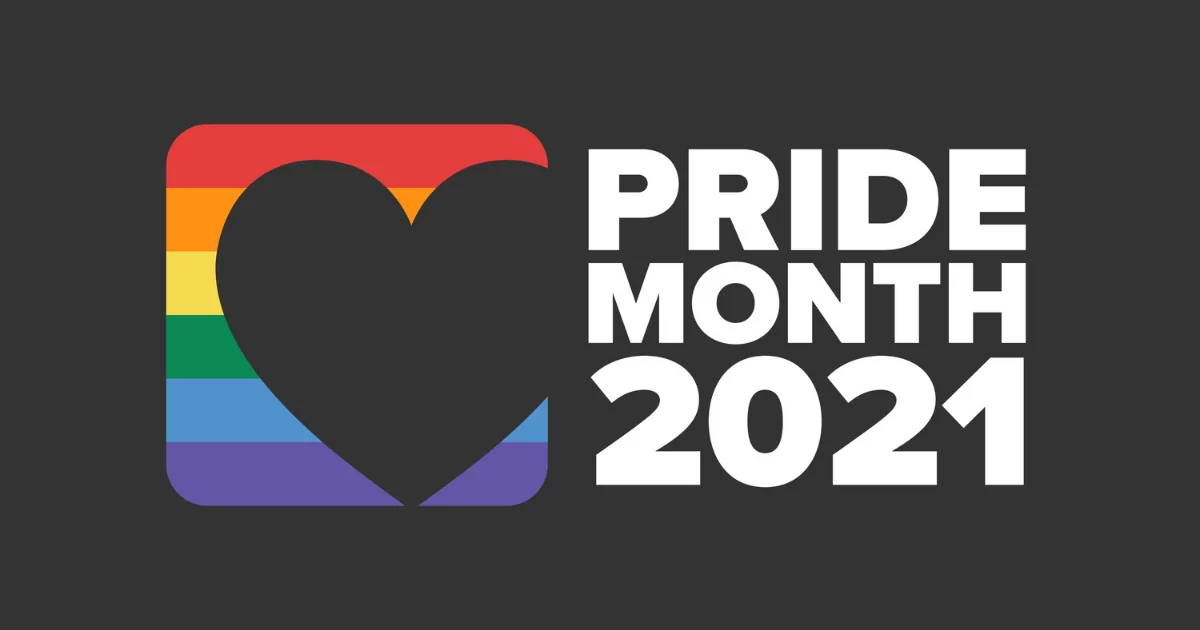
Examining Healthcare Disparities and Vulnerabilities in the LGBTQ+ Community
As we continue to celebrate Pride Month 2021, it’s gratifying to see the incredible and deeply inspiring strides that the LGBTQ+ community has made toward equality during the past year and years prior. It’s also impossible to deny the glaring inequities that still exist between this population and those who embrace what are considered heteronormative lifestyles, particularly within the healthcare landscape.
In addition to issues like workplace discrimination, family alienation and persistent fear of trauma and harassment, the LGBTQ+ population continues to face healthcare disparities that are linked to social stigma, widespread discrimination and embedded institutional biases that affect treatment access.
Examples of Persistent LGBTQ+ Healthcare Disparities
The LGBTQ+ population faces heightened vulnerability to various types of health issues on multiple fronts. These disparities can be found at the screening/diagnosis, treatment and insurance coverage levels:
- Lesbians have been historically less likely to get preventive services for cancer.
- Gay men face consistently higher risk of STDs, especially among communities of color.
- Lesbians and bisexual females are often more likely to experience to experience weight issues.
- LGBTQ+ senior citizens face significant barriers to health because of isolation and a lack of social services and culturally competent providers.
- Substance use disorders (SUD) affect 20 to 30% of the LGBTQ+ population, compared to 8.4% of heterosexuals.
Additionally, transgender patients face an even harder time finding adequate and effective healthcare coverage and experience an even greater risk of STDs than heterosexual, lesbian and gay individuals.
What Is Being Done to Address This Inequity?
As the LGBTQ+ community continues to make hard-won inroads toward equal treatment in all areas of American life, the healthcare landscape is gradually starting to further consider the LGBTQ+ patient experience in every aspect of treatment. These efforts include more intuitive intake forms, more robust mental health services around specific chronic conditions and greater provider education when it comes to interacting specifically with trans patients. The fact remains, however, that there is still a long road to travel in effectively addressing the unique and complex issues this population faces that both contribute to diagnoses and barriers to treatment for them. As Pride Month 2021 draws closer to the end, let’s keep our foot on the gas in continuing to address, examine and extinguish LGBTQ+ healthcare disparities.

